Follow us on our social channels.
Follow us on the channel that best suits you to receive our latest updates!
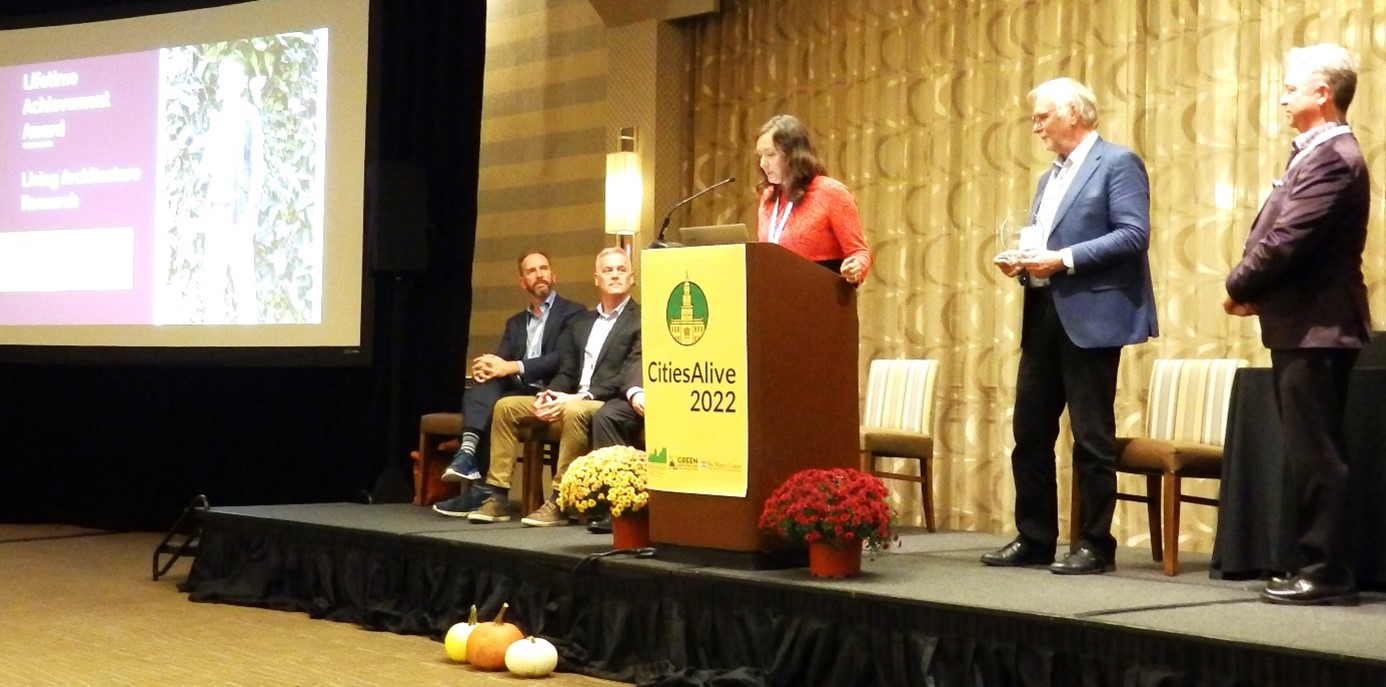
click for more
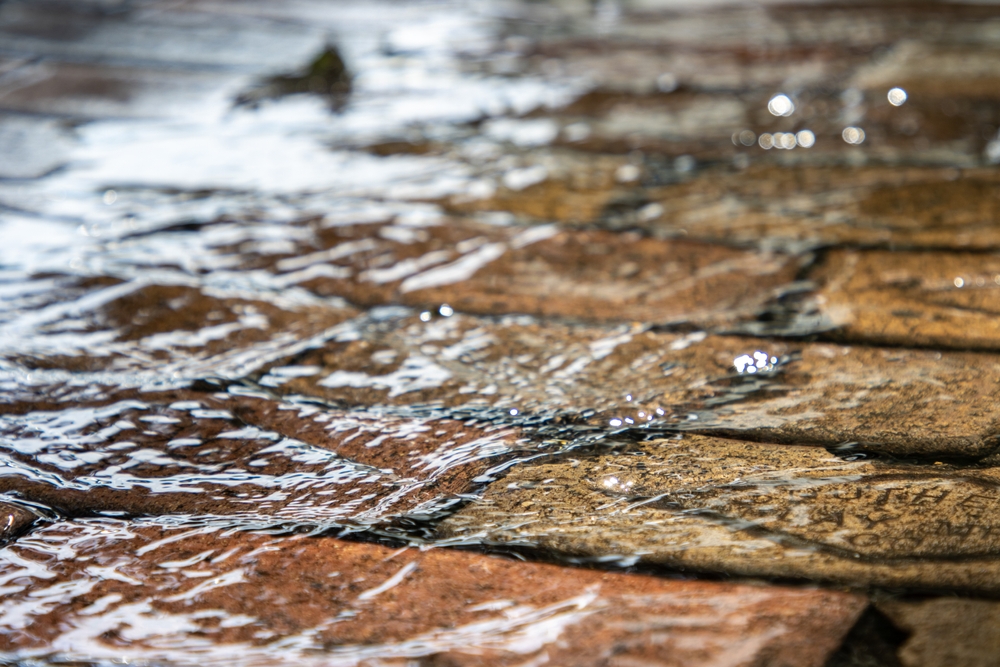
Investments in urban green infrastructure is the solution to extreme weather events, writes Luigi Petito for Living Architecture Monitor. The good thing is that
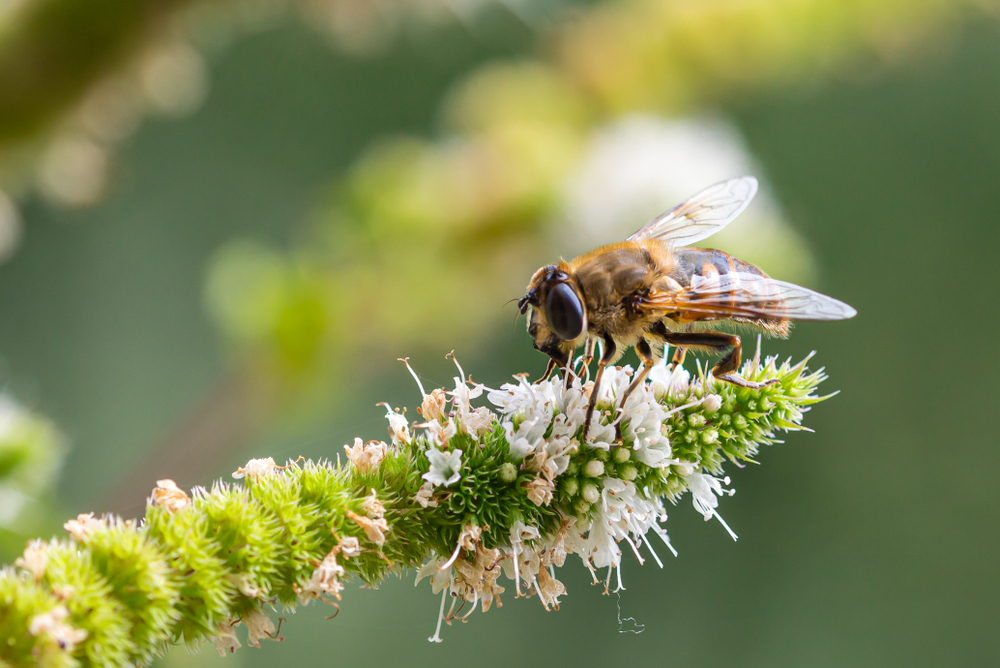
Green and blue infrastructure give an essential contribution to urban biodiversity, writes Luigi Petito in the Summer edition of Living Architecture Monitoring. On June 22,
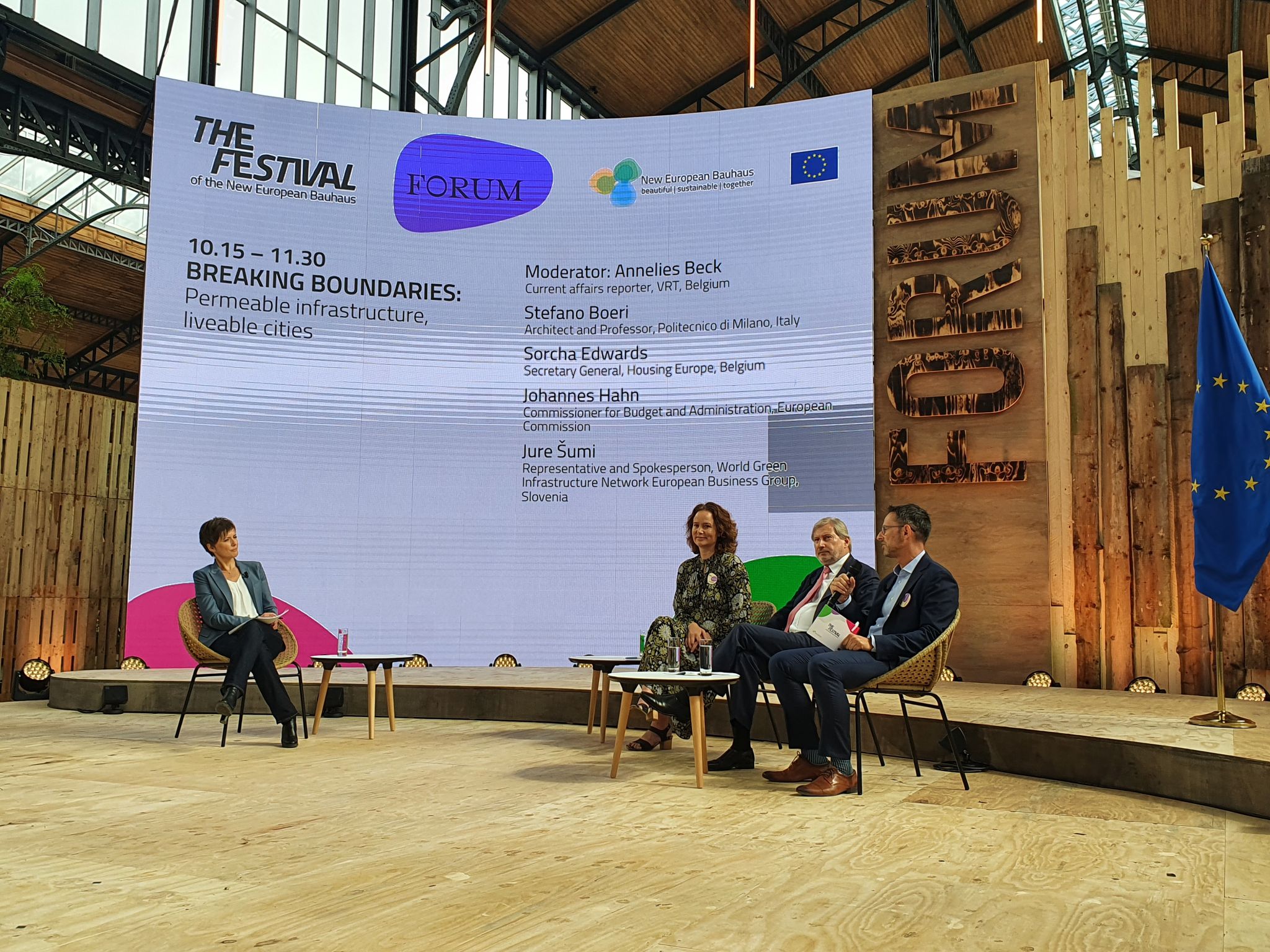
Municipalities need to act as ‘moderators’ and involve the local community in urban planning, suggests WGIN board member Jure Šumi. This is the way to
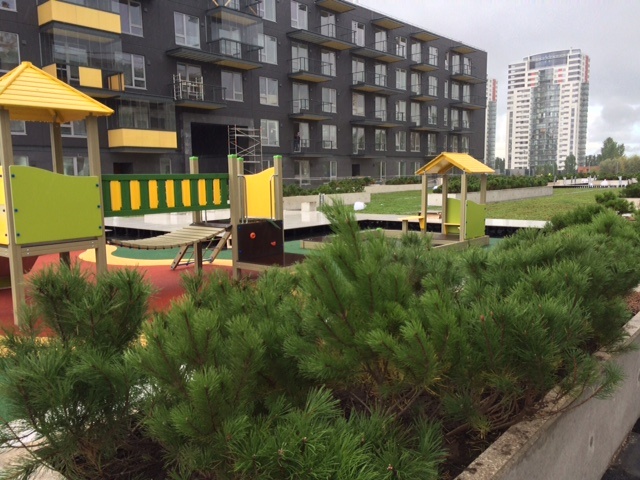
We have already been talking about the real performance of green roofs, in terms of improved energy efficiency, better storm-water management, lower heat-island effects and
Follow us on the channel that best suits you to receive our latest updates!
Join us. Get member benefits. Promote your company, projects, products and services.